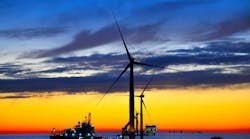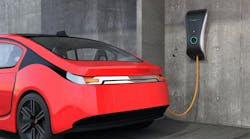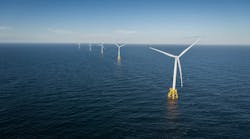A new DOE report, Energy Savings Forecast of Solid-State Lighting in General Illumination Applications, released this week, offers a biannual update of models for the adoption of LEDs in the U.S. general-lighting market, along with associated energy savings. The latest version of the report uses an updated 2016 U.S. lighting-market model that is more finely calibrated and granular than previous models, and extends the forecast period to 2035 from the 2030 limit that was used in previous editions, DOE said.
Among the report’s findings, DOE predicts that energy savings from LED lighting will top 5 quadrillion Btus (quads) annually by 2035, representing a 75% reduction in energy consumption versus a no-LED scenario. SSL does not simply slow the rate of growth in energy consumption for lighting, it turns the consumption curve downward; and that curve keeps going down through the extended forecast period. This savings of 5.1 quads is equivalent to nearly the total annual energy consumed by 45 million U.S. homes today. Cumulative savings will amount to 62 quads between 2015 and 2035—equivalent to nearly $630 billion in avoided energy costs. The report also said energy savings in the near term also will be impressive. DOE estimates that LEDs will constitute about 30% of U.S. lighting installations by 2020, which is on the conservative side compared to other forecasts.
DOE expects that by 2035 LED products will dominate every general lighting niche and 86% of installed stock across all categories, up from 6% in 2015. The biggest energy savings, though, will come from four product categories, plus advances in connected lighting technology: linear, low/high-bay, A-type lamps and directional lamps.








